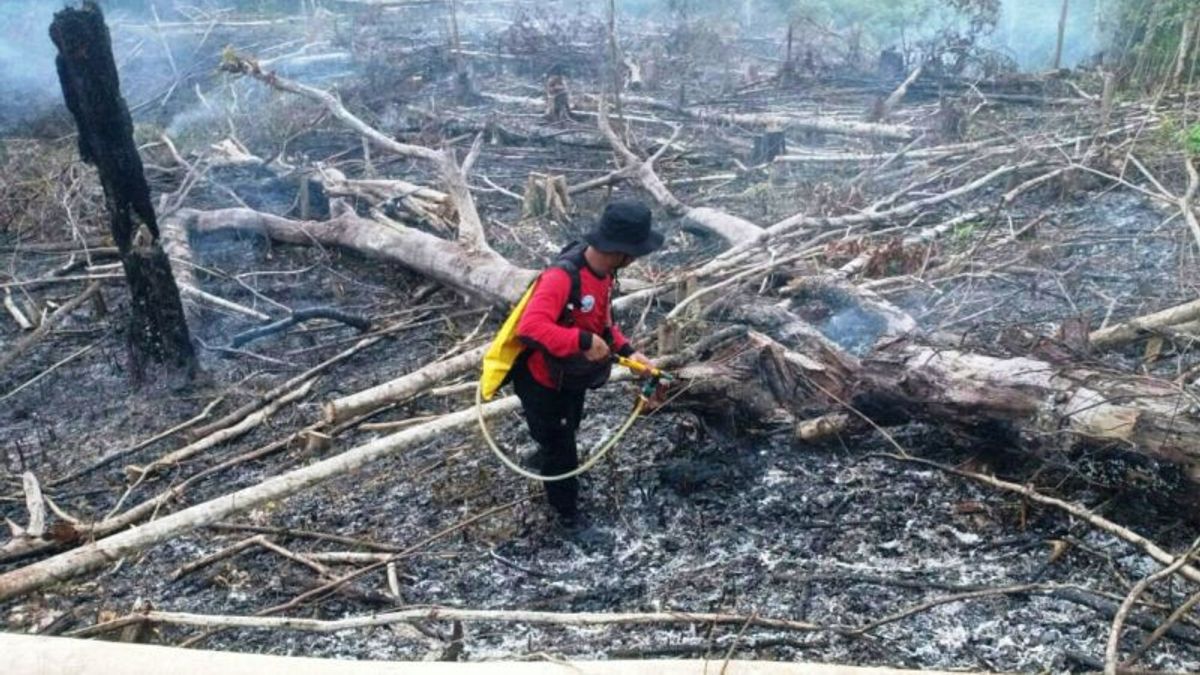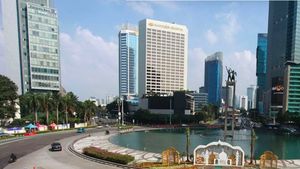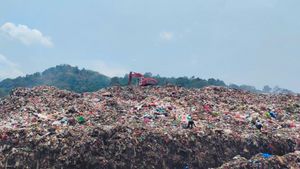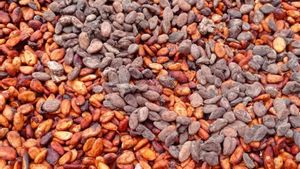JAKARTA - The National Disaster Management Agency (BNPB) announced that cases of forest and land fires (karhutla) have dominated the island of Sumatra since the past week.
Head of the BNPB Disaster Data, Information and Communication Center Abdul Muhari said, from the data obtained by his agency, forest and land fires began to be found in the Bener Meriah (Aceh), Asahan (North Sumatra) and Dumai City (Riau) areas.
Even from the monitoring of the Pekanbaru Meteorology, Climatology and Geophysics Agency (BMKG), it is known that the forest and land fires also hit a number of other areas; West Sumatra (nine points), Bengkulu (14 points), South Sumatra (six points), Riau Islands (six points), Jambi (six points), Bangka Belitung (one point).
"Karhutla in these areas has been found since March 12 and was lucky that the fire was extinguished immediately," he said.
Abdul explained, this proves that currently the atmospheric phenomenon of Madden Julian Oscilliation (MJO) has begun to move away from the island of Sumatra.
The movement of the MJO made the weather in the Sumatra region change significantly from the previous part of the area experiencing an increase in the intensity of rain and several times being hit by floods and landslides, now it is dry enough so that it is prone to fires.
"So the focus of disaster management at this time must also lead to handling forest and land fires, not to spread," he said.
Therefore, BNPB appeals to every regional head to be responsive in responding to the transition of the season; such as by immediately establishing an emergency alert status for forest and land fires, especially vulnerable areas.
SEE ALSO:
He considered that the response was important so that mitigation and emergency handling efforts in the regions could run optimally. One of the efforts that have been made can be like alerting officers to wet mineral and peatlands so that they are not easily exposed to hot weather during this transition period.
"Yes, we don't have to wait for the peak of the dry season which is predicted to take place in July-August," he said.
The English, Chinese, Japanese, Arabic, and French versions are automatically generated by the AI. So there may still be inaccuracies in translating, please always see Indonesian as our main language. (system supported by DigitalSiber.id)
















